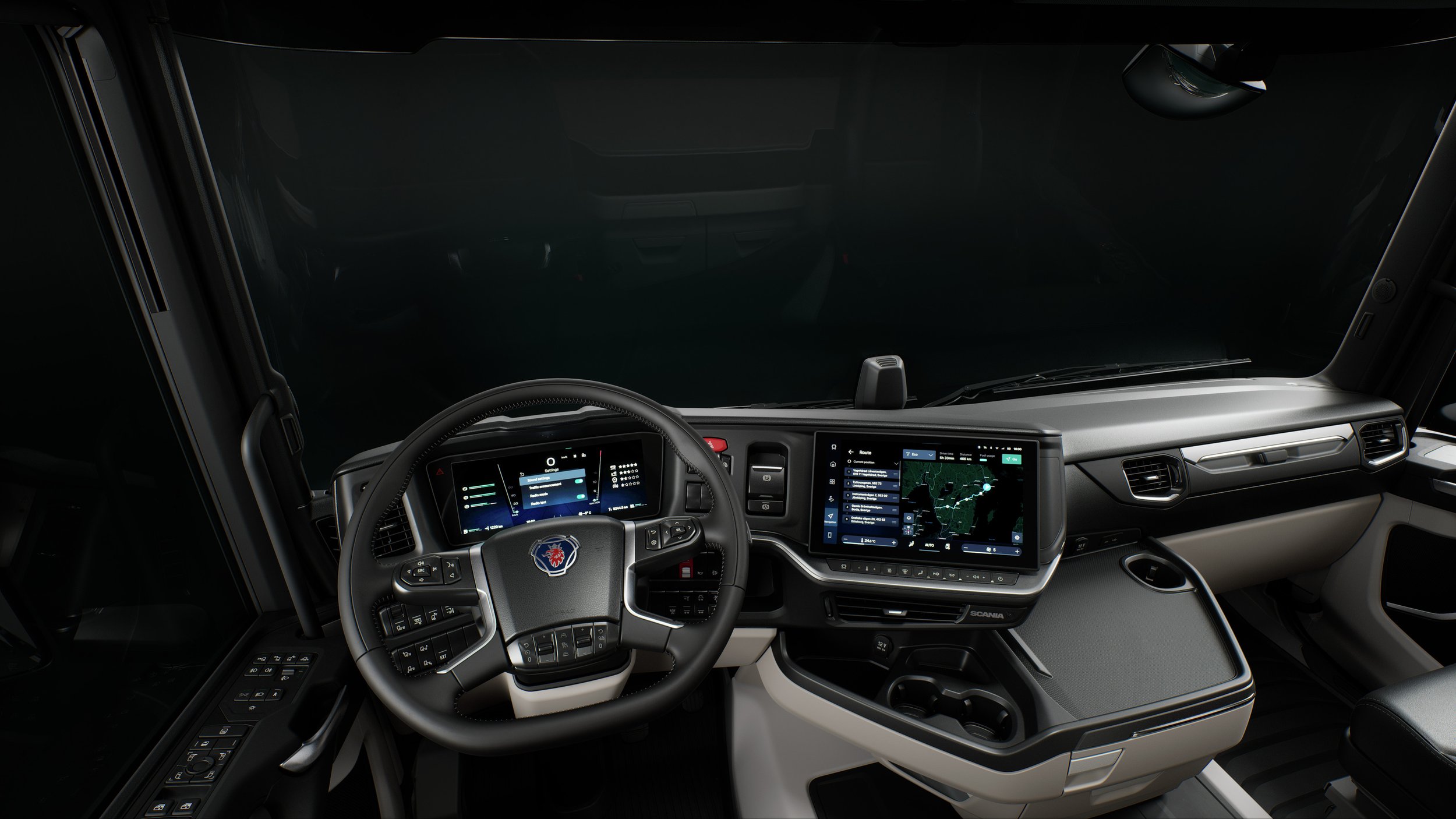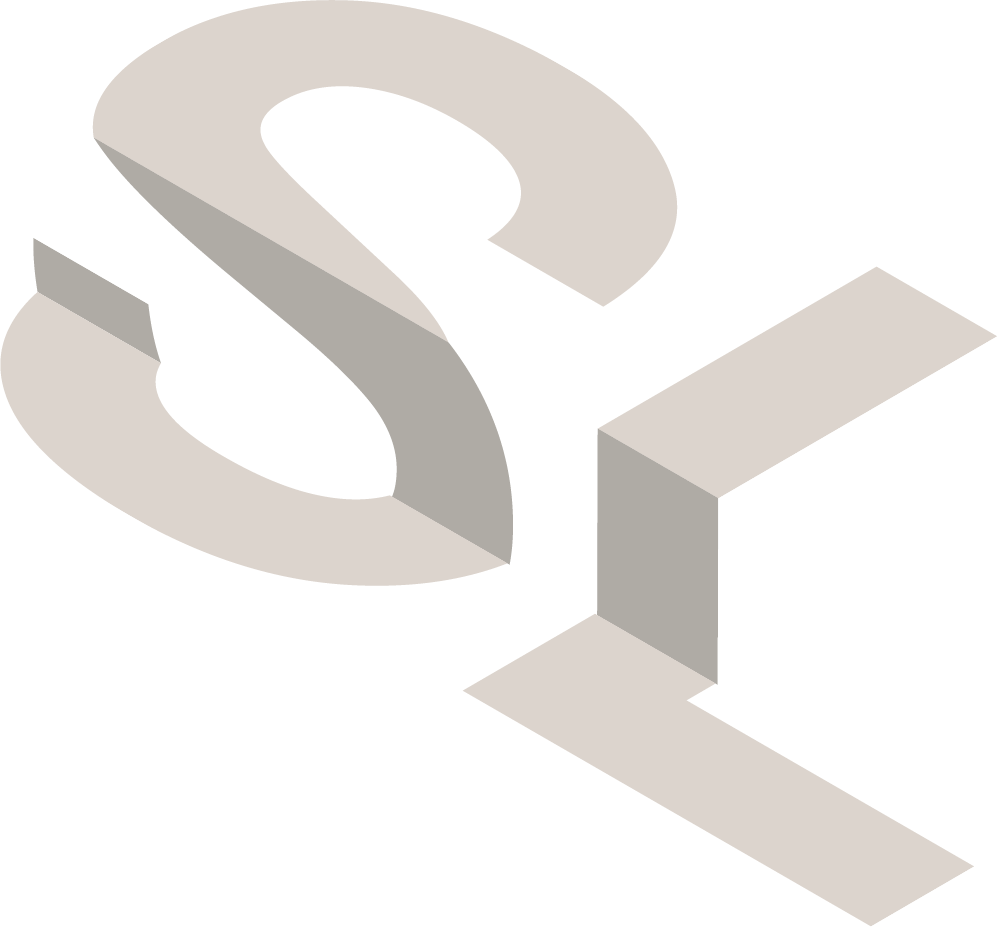Starting the streetsmart revolution
Scania Smart Dash
Scania
Client
Scania
Duration
May, 2021- April, 2023
My role
UX-designer in a team with over 30 designers in UX, UI, visualisation and 3D.
Impact
The iterative design work delivered the user insights and a high-fidelity concept that led to the final product and launch of the Scania Smart Dash.
Meeting New Safety Standards with Intuitive Digital Dashboards for Scania
Scania sought to enhance the driver experience through a digital platform for truck and bus drivers, with a focus on creating a safer, more intuitive user interface. The challenge was to design a solution that not only improved the overall user experience but also complied with the upcoming EU General Safety Regulations, which mandate safety features and advanced cybersecurity for commercial vehicles by July 2024. The goal was to deliver an innovative, safe experience for drivers while ensuring full regulatory compliance.
Wireframing-Figma | Quality Assurance | Cross functional collaboration | Automotive
Crossfunctional collaboration
The team was split into sub-teams and each team was responsible for one or several functions. It's been crucial to collaborate across functions to ensure that the interaction is consistent throughout the product.
We worked in sprints with shared feedback sessions, both internally and with the client, to ensure that we knew of any changes within the scope and to support and inspire each other.
Furthermore, collaborating with stakeholders through workshops, and with developers and function owners was necessary to ensure technical feasibility and market value.
Understanding the user through driving heavy vehicles
I got to test drive several truck models at the test site to empathise with drivers and better understand the context. I understood what it's like to manoeuvre a heavy vehicle while driving and at the same time interact with the infotainment system. Through this experience, I developed a deeper understanding of the different tools that are a part of the user's workday. A challenge I discovered was to, while providing sufficient information, avoid unnecessarily attracting drivers' attention to the screen. Test driving vehicles was critical to understanding user needs and challenges and creating a foundation for designing an intuitive and safe experience.
Connectivity and Device mirroring
A major challenge with integrating the third party software was that it weren’t designed for commercial vehicles and driver needs. One key issue was ensuring smooth access to the truck's tools while meeting certification requirements. I created wireframes and interaction flows, then collaborated with the function owner and development team to find the best solution. We realised we needed to negotiate with a third party supplier, and I presented our findings and insights from our discussion to the stakeholders to ensure that they understood why it was necessary to take this further.
In the Connectivity domain, I collaborated closely with developers, learning how they worked and what they need for successful implementation. We focused on determining when custom solutions were necessary for optimal user experience, while balancing the risks of future maintenance or updates. Prioritizing user needs and having a shared vision allowed us to find the best solutions together.
Usability tests and Quality assurance
To get feedback, I organized usability tests with a focus on clear objectives. From the start, I ensured the goals of the tests were relevant: What insights were we aiming to gather about how users engage with the interface? What aspects bring them delight, and where do they face challenges or friction? This structured approach ensured that the testing process yielded valuable, actionable data to drive design decisions.
When a concept was ready, it was tested with users and the outcomes were iterated upon. As a last step, we made sure that the design matched the implementation through Quality assurance together with developers, designers and function owners.
Initiating the street-smart revolution
My main responsibilities were Connectivity and Device mirroring. I led the work with designing the Connectivity domain however, during my time on the project I worked on several features and domains throughout the system, for example, Widget customisation, Radio and media and several truck-specific tools. I created wireframes in Figma and later protoypes that could be tested with users.
Collaborative Innovation: Designing the Future of Driver Interfaces
The team's success was built on strong cross-functional collaboration, both internally and with stakeholders, which led to a consistent and efficient process. This, helped us stay aligned on changes and fostered mutual support and inspiration.
Working closely with developers and function owners allowed me to balance technical constraints with user needs. I was able to guide the team toward a solution that addressed both technical and certification requirements.
In the Connectivity domain, my close partnership with developers helped us identify when custom solutions were needed to enhance the user experience while carefully considering future maintenance risks. The shared vision and prioritisation of user needs allowed us to navigate challenges together, ensuring the most effective and market-ready solutions.
The iterative design process was key to creating a user-centric, intuitive, and safe experience. By continuously refining our approach based on feedback, we enhanced efficiency and prioritized driver safety. This led to the successful launch of the Scania Smart Dash, driven by user insights and a high-fidelity concept.
Outcomes
UX Concept for the connectivity domain
Documented UI design system for developers
Framework for integration of third-party software from a UX point of view
Launch of Scania Smart Dash






